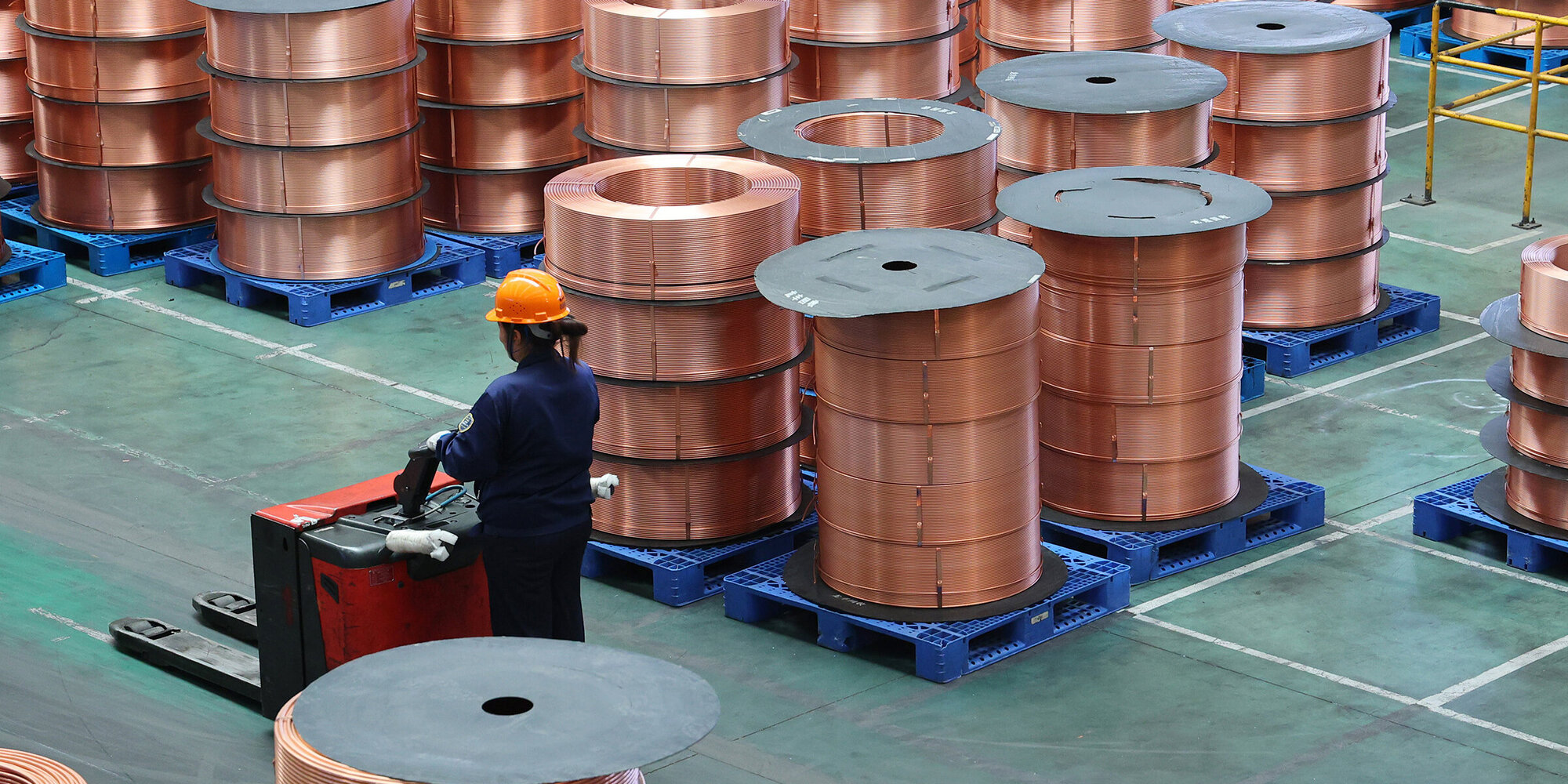Mandatory for the vision of a net zero world
The rapid adoption of new technologies for clean and renewable energy could lead to unprecedented demand for critical raw materials.
The transition to renewable energies, electrification and a circular economy is hard to achieve without critical raw materials. The dynamics of this transition don't just offer high growth potential. The materials are also interesting from a sustainable investment perspective, as our analysis shows.

The demand for critical raw materials fuelled by the energy turnaround varies with the respective use. Lithium, nickel, cobalt, manganese and graphite, for example, are crucial for battery performance. Meanwhile, large quantities of copper and aluminium are required for power grids. And as can be seen, clean alternative products need many of the materials that are in demand: a typical electric vehicle (EV), for example, requires six times that of an internal combustion engine (see below).

As the backbone of the energy turnaround, critical raw materials can facilitate the transition to renewable and clean energies, sustainable mobility and infrastructure for electrification. They can also promote economic growth and job creation. However, if their local extraction and processing is not done responsibly, critical raw materials can cause problems locally in mining, for example due to pollution of the environment. As the comparison (see below) shows, the positive contributions generally outweigh the negative impacts. According to our analysis, critical raw materials can therefore ultimately support the UN’s SDGs.

Investment in companies operating in the critical raw materials sector seems promising for several reasons: As clean energy technologies are promoted globally, the demand for critical raw materials grows. This creates significant growth potential in sectors that mine, refine and supply these materials. Critical raw materials are also suitable as hedges against inflation, as the value of tangible assets tends to rise in times of high inflation. Critical raw materials can also contribute to portfolio diversification. This is because their performance is often determined by factors other than those affecting traditional equity and bond markets. An investment can be made via investment funds, for example, in order to benefit from the expertise of professional portfolio management and to counter the risk of price fluctuations with a broader diversification.
The decarbonization of the economy depends heavily on renewable energy sources such as sun, wind, water and geothermal energy. Consequently, raw materials that serve as the basis for clean energy technologies are of crucial importance. From the perspective of investors interested in sustainability, investments in critical raw materials can offer various opportunities – and in companies that extract or process them.